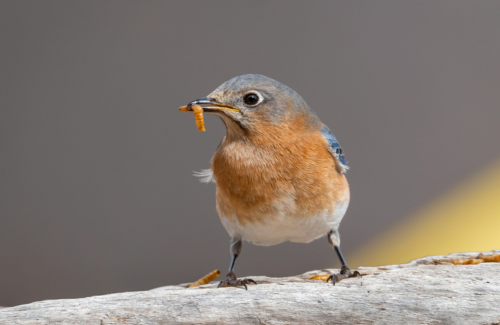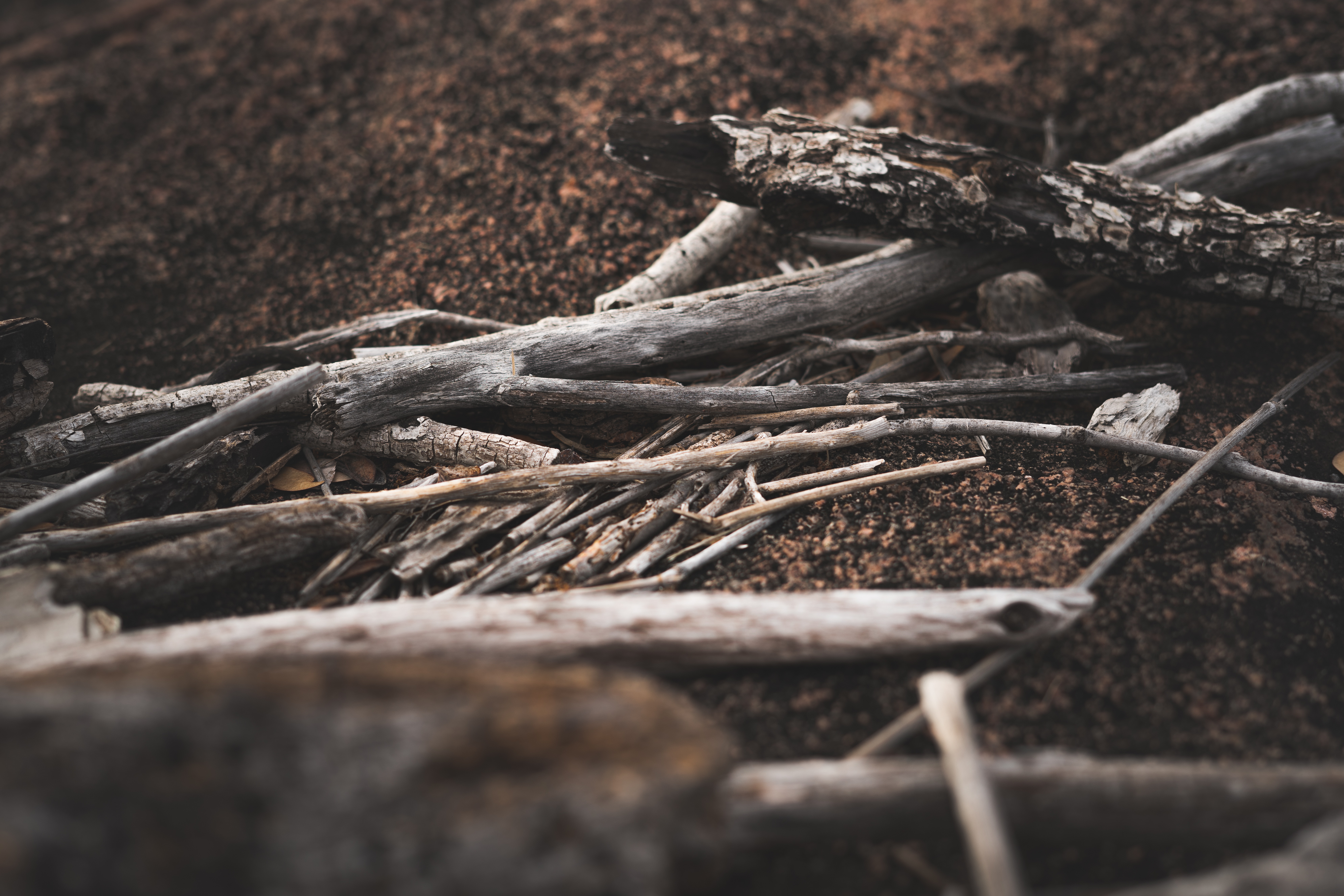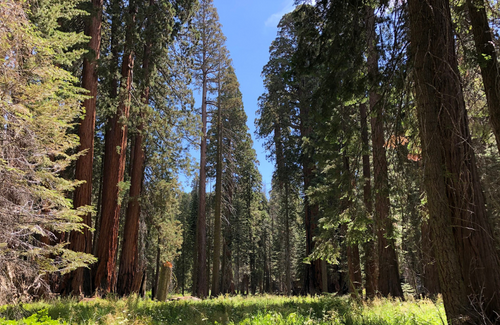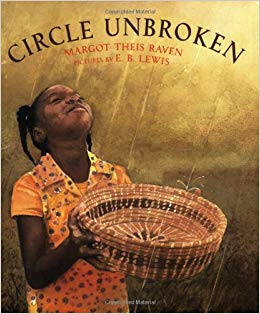Creating an edible soil activity featuring the different layers of soil—organic layer, topsoil, subsoil, parent material, and bedrock—is a fun way to engage participants in learning about the structure of soil and how it supports plant life.
As the holiday season approaches, it’s a great time to get outside to refuel and recharge yourself by taking a gratitude walk! A gratitude walk helps us pause, reflect, and give thanks to every person and living thing in our natural world.
What makes a home? Explore these resources (perfect for World Migratory Bird Day on May 13) by guest author Naamal De Silva of the American Bird Conservancy, and reflect on our relationships with birds, nature, and the idea of “home”.
Sticks are a versatile and cost-free resource that offers endless possibilities for engaging in STEM activities. Enlist the help of your students to gather sticks, then explore a variety of fun, hands-on activities that promote critical thinking, problem-solving, and creativity!
April 17 – 25, 2021 is National Park Week! Celebrate this annual week-long celebration by teaching your students about public lands and the many contributions of Black Americans to the National Parks System, and encouraging the exploration of these culturally and historically significant areas.
Follow along a curious young boy who explores the urban forest near his home and describes the shapes, textures, and colors of the plants and animals that live there and encourages young children to observe and appreciate the nature around them.
Explore the world outside or bring the outdoors in with nature-based sensory activities that meet the needs of all students, including those with special or diverse needs.
An African-American grandmother interweaves stories of her family’s ancestry and culture as she shows her granddaughter how to weave a traditional Gullah basket.
Explore nature and its many textures and shapes using the sense of touch.
Use this book to explore the falling leaves of autumn with young readers and a first-year bear cub.











